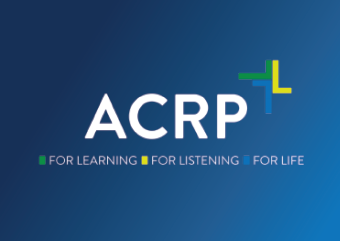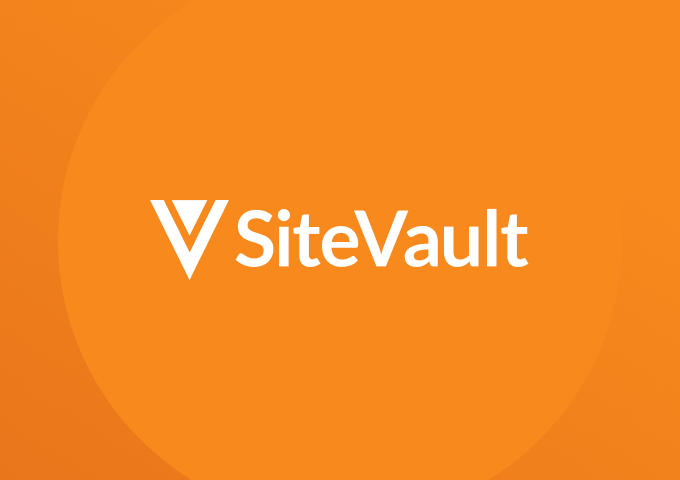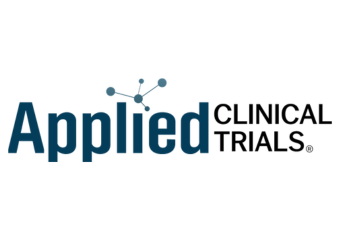Remote Monitoring is Here to Stay: 3 Steps for Success
Remote monitoring became imperative when the COVID-19 pandemic engulfed the world. Years later, many sites and sponsors have realized the benefits of remote monitoring and aren’t looking back.
Before 2020, remote monitoring wasn’t widely adopted and considered extra work. But now, remote monitoring is a staple to continuing studies remotely. On a recent webinar, over 90% of sites attending reported that their sites now allow remote monitoring because of the pandemic. Many sponsors are now requiring sites to have a validated remote monitoring solution for site selection.
For those that are paving the path for remote monitoring at their site, here are three steps we recommend to ensuring success.
Step 1: Select the Right Technology
There are so many tools out there that can help you with remote monitoring. But many aren’t HIPAA compliant or 21CFR Part 11, requiring you to redact documents or take on a costly validation process. It’s important to select a technology that will enable your business processes rather than add additional burden for your study teams.
Here’s our remote monitoring system quickstart checklist:
- The vendor maintains compliance with both HIPAA, 21CFR Part 11
- One system allows remote monitoring of both regulatory and source documents
- Cost of solution
- Implementation timeline (how soon can you start using it?
- Security and access controls available for study teams and monitors
- Is the system accepted by and connected with your sponsors?
- Is sponsor access study specific and are downloads restricted for source documents?
- Is it easy to learn and use?
- Learning and training resources provided by the vendor
- IT hosting and infrastructure provided by the vendor
- Vendor responsiveness and focus on innovation
- Software vendor company stability
For a full guide to selecting an eISF, click here.
When presenting the business case to your key stakeholders about implementing a remote monitoring process and technology, be sure to present the current challenges and the needs required of the sponsor, your software evaluation and recommended solution, the business value, how this change can make you a site of choice, any alternative analysis conducted that reduces compliance risk, and finally the financial justification for better visibility and control.
Step 2: Lay the Foundation for Remote Monitoring Success
Now that you have selected a validated remote monitoring solution, it’s time to set your teams up for success. Over the past year, we’ve seen six elements from sites that set the stage for success when it comes to implementing remote monitoring.
- IT Review considerations: Check in with your IT teams early to let them know about your solution so as not to derail your timeline.
- Validation documents: Veeva maintains validation for SiteVault so you don’t have to become a validation expert. Know where to locate your validation documentation to provide if requested by sponsors or research partners.
- Establish SOPs: Document your standard operating procedures for change management and training.
- Harmonize Regulatory Processes: Use this as an opportunity to develop a consistent practice of naming and filing of documents across all studies. This can have an immediate payoff in time savings when your teams and CRAs can always find the information they need. The Veeva eISF reference model is mapped to the TMF RM and ICH-GCP Essential Documents and is a great place to start.
- Update Budgets: Ensure you are capturing your costs for eISF and remote monitoring in your study budgets now. This helps ensure that the time your teams spend moving to a digital research platform is covered from the start.
- Train Efficiently: Focus on end users and how they will use the system. Use training time as an opportunity to do real work in the system and be open to new ideas from research teams. Take advantage of vendor-provided materials so you don’t have to worry about keeping them up to date. Veeva SiteVault has a full library of training materials to help your teams use the system.
Step 3: Prioritize and Execute
Now that you have your remote monitoring system in place and have laid a foundation for success, it is time to take action and prioritize the work.
First, you’ll want to decide which studies to start with. We recommend starting where you will have the biggest effort payoff. Here are a few approaches we have seen our customers take:
- Start with new studies and upload core documents like CVs, medical licenses, and training records so you get the benefit of using these documents across multiple studies, plus use system reports and tasks to keep them current.
- Focus on studies that are close to close-out or data lock to enable remote source data verification and catch up on delayed payments, while reducing your storage costs.
- Start with studies with critical ongoing SDV needs and use this as a time to update budgets and give your CRAs and study teams real-time access to important information.
Customers also identified which documents teams are struggling to keep updated and current, and assigned the workload out. Examples include expired documents reporting, documents with multiple versions like temperature logs and CVs, training, or approval and amendment tracking. We recommend that teams bring documents to training and complete as they learn.
Partner with Your Sponsors for Success
Part of establishing remote monitoring at your site is demonstrating to your sponsors and research partners that the system meets the highest compliance and regulatory requirements. Buy-in from your research partners is critical in moving toward a more paperless, patient-centric way of doing research. If you experience pushback, we recommend you show your sponsor the benefits of a remote monitoring workflow by:
- Leveraging your SOPs which include regulatory references
- Providing information on compliance and validation
- Encouraging the use of existing training resources for CRAs
- Adopt use of a consistent reference model so documents are always in the same place
- Pilot a self-service model where monitors can go in and access the documents they need in real-time to decrease the need for your teams to respond to emails, meeting requests, one-off inquiries, and correspondence filing
To watch our full webinar on Three Steps for Remote Monitoring Success, click here.
Want exclusive tips and resources?
Be the first to recive upcoming news, join our mailing list.
Subscribe




